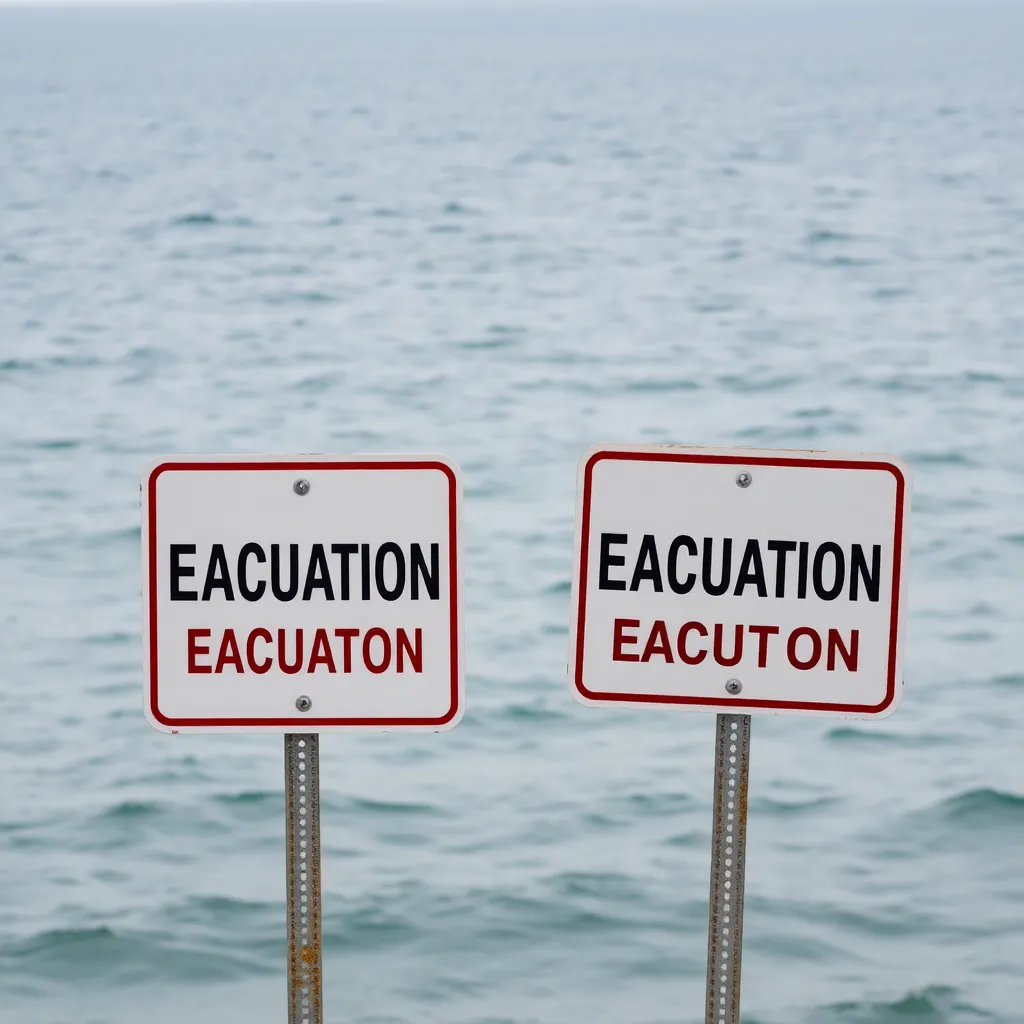

San Francisco Reacts to Tsunami Warning: Mixed Emotions, Evacuations, and Lessons in Preparedness
On a day that started off like any other in San Francisco, the coastal city was shaken by a sudden and dramatic event. A tsunami warning was issued for much of Northern California, affecting around five million residents from San Francisco Bay Area all the way up to Oregon. The warning stemmed from an earthquake that occurred in the Pacific Ocean.
As soon as the tsunami alert was announced, residents faced a mix of fear and confusion. The alert prompted an immediate call for residents to move to higher ground. As people rushed to safety, chaos ensued along the coastal roads and highways. The actual tsunami warning lasted just over an hour before being canceled, leaving many to wonder about its validity.
Jon Ward, an architect currently renting a beachfront home in Stinson Beach, shared his initial skepticism regarding the tsunami warning. “When I first heard the alert on my phone, I thought it might not be serious,” he said. Yet, upon further consideration, he decided to take action. After calling his wife, who was out for a walk, he told her to return quickly. The couple made their way to the Marin Hills, hoping to find safety.
However, they soon discovered that they weren’t alone in their thoughts. “Everybody else had the same idea,” Ward noted. As they drove on Highway 1, every turnout they encountered was overflowing with vehicles trying to escape.
The rapid response highlights a unique aspect of life in California. Many residents, especially those living along the coastline, are all too familiar with the risks associated with earthquakes and tsunamis. For generations, they’ve prepared for the potential of a major seismic event. Yet, this warning stirred up a different kind of anxiety as a tsunami feels more distant in their collective memories.
The widespread evacuation order sparked a flurry of movement. Some residents took to social media to share updates, photos of traffic jams, and their own evacuation experiences. Others expressed doubt over the necessity of the alarm, wondering if the response was overblown.
The situation also raised questions about how effectively systems react in emergencies. In an age where information travels quickly, the balance between urgency and actual threat is always a challenge. After such an event, communities often look for guidance on preparedness. Will this warning prompt residents to enhance their plans for the next emergency?
Many are actively considering what they can do towards better emergency readiness. Emergency kits, evacuation routes, and communication plans will likely be topics of renewed conversation among families and friends.
While the tsunami warning for Northern California lasted only a brief moment, its impact was felt far and wide. As the coast settles back into routine, reminders of preparedness will echo among the residents of San Francisco and beyond. The next time those sirens wail, perhaps the lessons learned today will guide a more thoughtful response.
News Summary Nags Head, North Carolina, celebrates the reopening of the Bodie Island Lighthouse for…